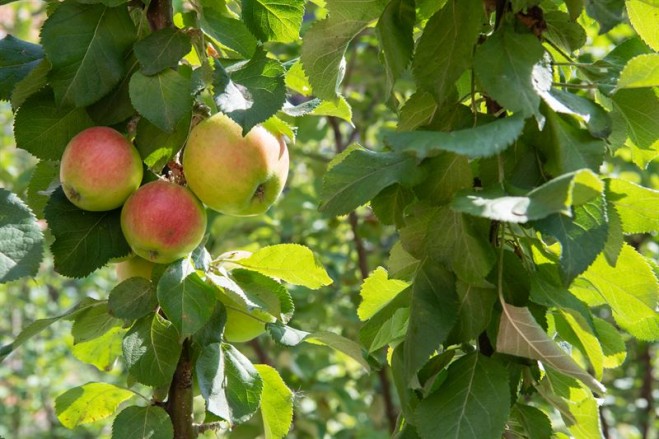
 According to a new Finnish-Chinese study reported in Global Change Biology, global warming increases frost damage on trees in large areas of Central Europe. Late frost damages are economically important in agriculture and forestry. In certain years, they are known to have caused losses amounting to hundreds of millions of euros.
According to a new Finnish-Chinese study reported in Global Change Biology, global warming increases frost damage on trees in large areas of Central Europe. Late frost damages are economically important in agriculture and forestry. In certain years, they are known to have caused losses amounting to hundreds of millions of euros.
Climate change and increasing temperatures will diminish the occurrence and severity of spring frost events, which should reduce frost damages.
“However, global warming also has another, negative consequence: plants flower and leaf out earlier than they used to,” noted Professor Frank Berninger from the University of Eastern Finland, which was joined by researchers from the Chinese Academy of Science and Zhejiang A&F University. “As a result, the incidence of frost damages will increase. Our research suggests that as a result, trees will suffer increasing frost damages in many places in Central Europe.”
The study investigated the leafing out and flowering of 27 tree species across Europe during 30 years. The data were merged with climate data for the sites, and statistical models were used to understand patterns of potentially damaging frost events.
For many species and sites, their leafing out and flowering advanced beyond the last day of frost. Therefore, potentially harmful spring frost events became from frequent and more severe for many sites.
